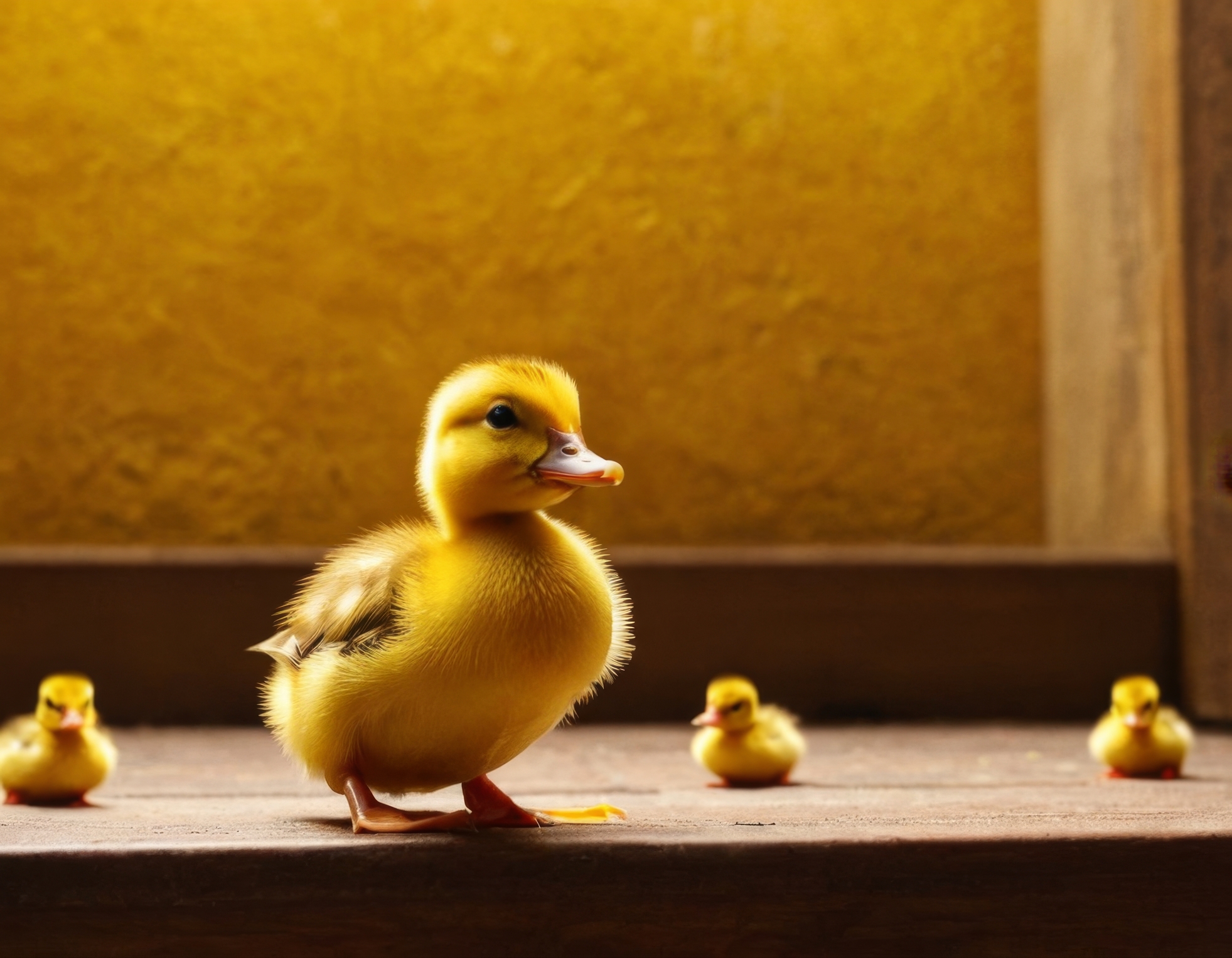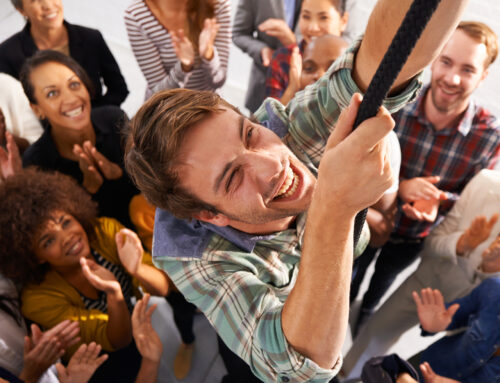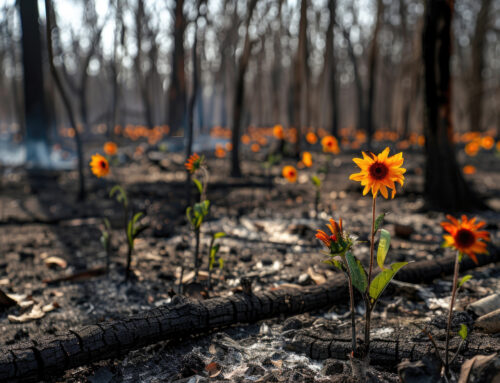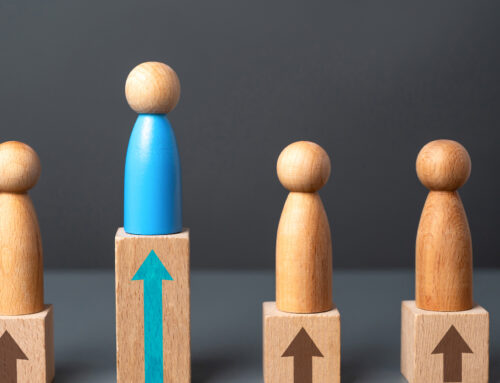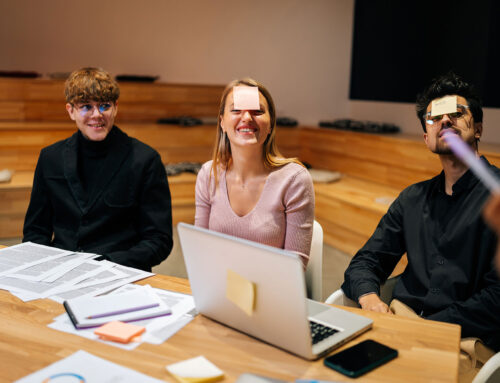Foster Self-Expression, Growth and Bravery
There’s been a lot of talk about creating safe spaces for learning – and with good cause. Research routinely shows that people learn better when they feel safe and have more difficulty learning when they’re highly stressed. Spaces where learners feel secure and supported are places where they can express themselves, share their stories, and have the courage to take risks and try new things. And that’s where the magic is.
This sense of safety can lead to brave spaces, where learners can move forward from the hard work and gains made in safe spaces.
Creating a Sense of Safety
In general, safety is created when participants know they are supported with compassion, judgement is replaced with curiosity, stories and experiences are believed, and our wishes as facilitators or leaders are not imposed upon participants.
Practical Strategies for Safer Spaces
Where does that leave us as facilitators and leaders? How do we create safer spaces for learning and growth to happen? Here are some broad ideas:
- Prioritize relationships. Build a strong learning or helping community and position yourself as a member of the group, not a director from outside.
- Respect others’ boundaries, privacy, and unique identities. Show that respect by using chosen pronouns and giving people choice and voice in your interactions.
- Create a warm and inviting space. Build opportunities for groups to determine how they want their space to be structured and where there might be places for self-reflection or self-regulation.
- Create a consent-based environment. Remember that facilitators and other leaders are in a position of power, and individuals might feel obligated to say yes. Always let people know they have the right to pass.
- Start from a position of belief. No two stories are the same. Trust each person will tell you their truth and what they need. Listen without judgement. Or, more realistically, recognize your own biases and the assumptions you’re making.
- Encourage creativity as a way to self-express. Not everyone will be comfortable sharing in the same way. Providing a variety of response mechanisms can help access different parts of the brain and allow for deeper, safer self-expression.
- Use positive nonverbal communication. Modulate your voice. Build rapport through mirroring body language. Lean in. Maintain eye contact. Signal understanding while people talk. Watch for physical response/body language in others to read real emotional triggers and feelings.
- Choose your words carefully. They may have negative effects on others, regardless of intent. And if you’ve said something that caused harm (as we all may do), recognize peoples’ reactions as valid, even if it’s not how you intended your words to be heard. Feelings are real, and even small words like “should” can convey judgement and induce shame.
There Are Limits to Guaranteeing Safety
It’s also important to recognize that we can never truly ensure safe spaces for another person. We can never guarantee that an individual will be protected from anything that might trigger them. The list of possibilities is infinite, and every group and person in front of us is unique.
Embracing Mistakes
And what if it all goes sideways? Here’s the beauty of it. We are all learning, and we all make mistakes. Every misstep is an opportunity for curiosity and growth. Every uncomfortable moment is the exact moment we can lean into our own evolution. It’s our big chance to embrace our vulnerability – “the birthplace of innovation, creativity, learning, accountability…” according to Brené Brown, and it’s our chance to be brave.
This is the first of a two-part series about creating safer and braver spaces to help our learners grow and develop. Read Braver Learning Spaces for Moving Forward.
Learn More
DOWNLOAD The Mental Health Commission of Canada: Safer Spaces Policy
WATCH Brené Brown, Daring Classrooms
PROFESSIONAL DEVELOPMENT Experiencea Different Way to Facilitate, with Change it Up


